Exploring the world of "No No Boy"

No-No Boy is a novel written by John Okada, a second-generation Japanese-American who lived in the United States during the Pacific War. He died in 1971 at the age of 47, and this is his only work. From the perspective of a Japanese-American who experienced the war, Okada explores a variety of themes, including identity, family, nation, race, and the individual. We will explore the world of this novel, which is still read today, and its appeal and significance.
Stories from this series
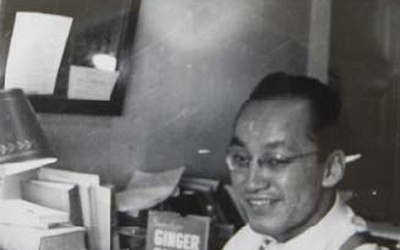
Part 7: The History of John Okada
April 22, 2016 • Ryusuke Kawai
What kind of person was John Okada, the author of "No-No Boy"? He was not famous as a professional writer, and there are not many records left about him. His career is detailed in the preface to the new edition by Ruth Ozeki, as well as in "Art, Literature, and the Japanese American Internment: On John Okada's No-No Boy" (by Thomas Girst), published last year. Based on these, I will trace Okada's life. John Okada was born on September 23, …
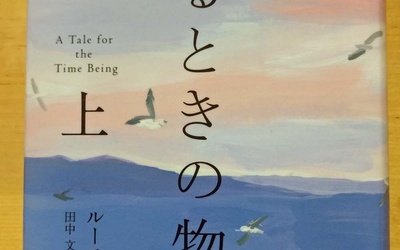
Part 6: From the preface of the new edition
April 8, 2016 • Ryusuke Kawai
The new edition of "No-No Boy," published in the United States two years ago, includes a new preface that has never been seen before. The original 1957 edition was just the story, and when it was republished in 1976, a preface and afterword summarizing the story's background were added, and the new edition also includes a preface made specifically for the new edition. With so many different things added at the beginning and end, rather than all being put together …

The 5th edition was published in the United States two years ago.
March 25, 2016 • Ryusuke Kawai
The protagonist's suffering depicted on the cover "No-No Boy," which drew no attention when it was first published, was republished in 1976. Since then, it has been read by many people, and the publisher, University of Washington Press, has published 13 editions and a total of more than 100,000 copies. During this time, it has always had the same cover and the same content, but two years ago, a new edition was released with a new preface and a new …
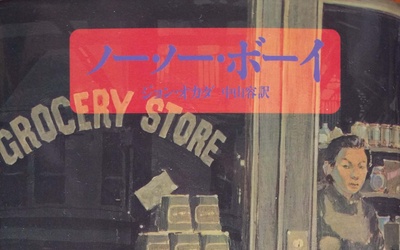
4. Publication in Japan
March 11, 2016 • Ryusuke Kawai
Translated by Yo Nakayama in 1979 The novel "No-No Boy" was republished in the United States in 1976. Three years later, in March 1979, a Japanese translation was published. The publisher was Shobunsha (Chiyoda-ku, Tokyo), a company that handles unique works such as translations of foreign literary works, and the translation was done by Nakayama Yo. The title of the translation is written as "No No Boy" and is accompanied by the introduction, "The year is 1945, and Ichiro has …
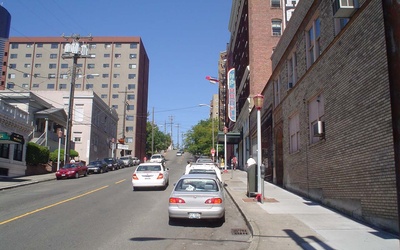
Part 3: The passion behind the reprint
Feb. 26, 2016 • Ryusuke Kawai
A symposium on "No-No Boy" will be held at the Japanese Cultural and Community Center of Washington in Seattle on March 12. Researchers will discuss the issues behind the novel, such as the meaning of the question about loyalty to the United States that was asked when Japanese Americans were placed in internment camps during World War II, and the reaction of the Japanese American community. The symposium is being held as part of a program at the University of …
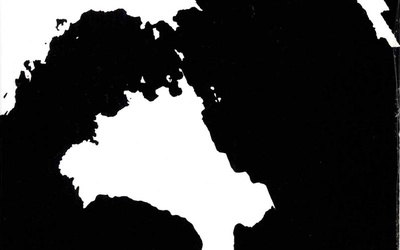
Part 2: Rediscovering "Our Literature"
Feb. 12, 2016 • Ryusuke Kawai
John Okada's novel "No-No Boy," which sharply questions issues of identity, was published in 1957 and was largely forgotten without attracting public attention. It was rediscovered in the 1970s. Before explaining this background, I would like to briefly touch on the significance of examining "No-No Boy" in light of the recent friction and problems that have arisen between immigrants, ethnic groups, and nations and cultures in the United States and around the world. Why "No-No Boy" now? In the US, …


